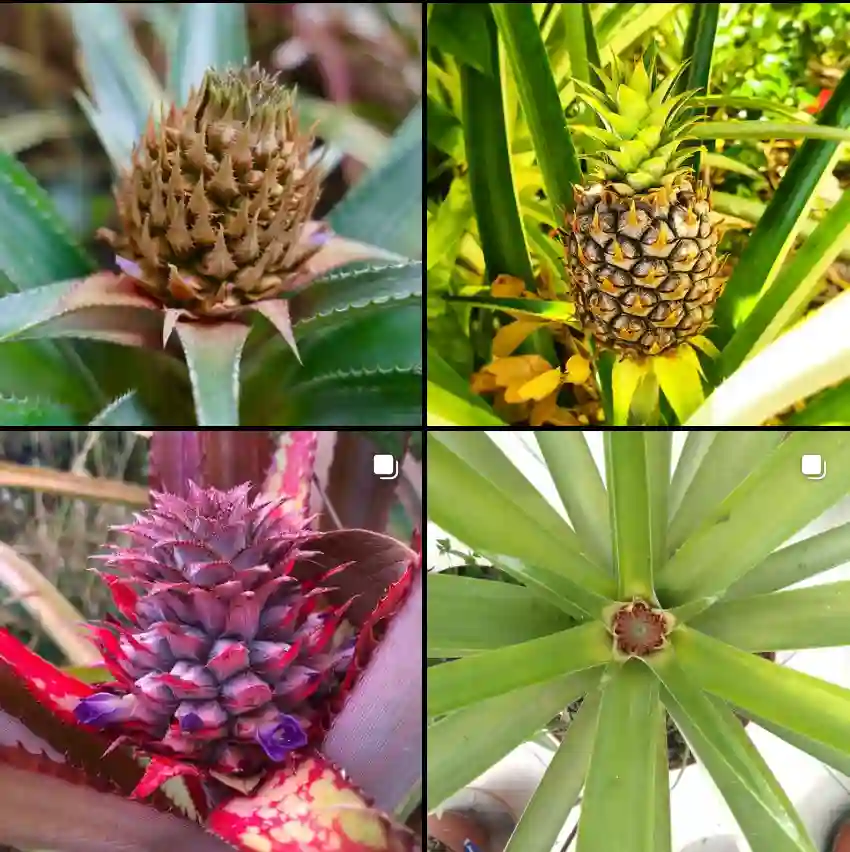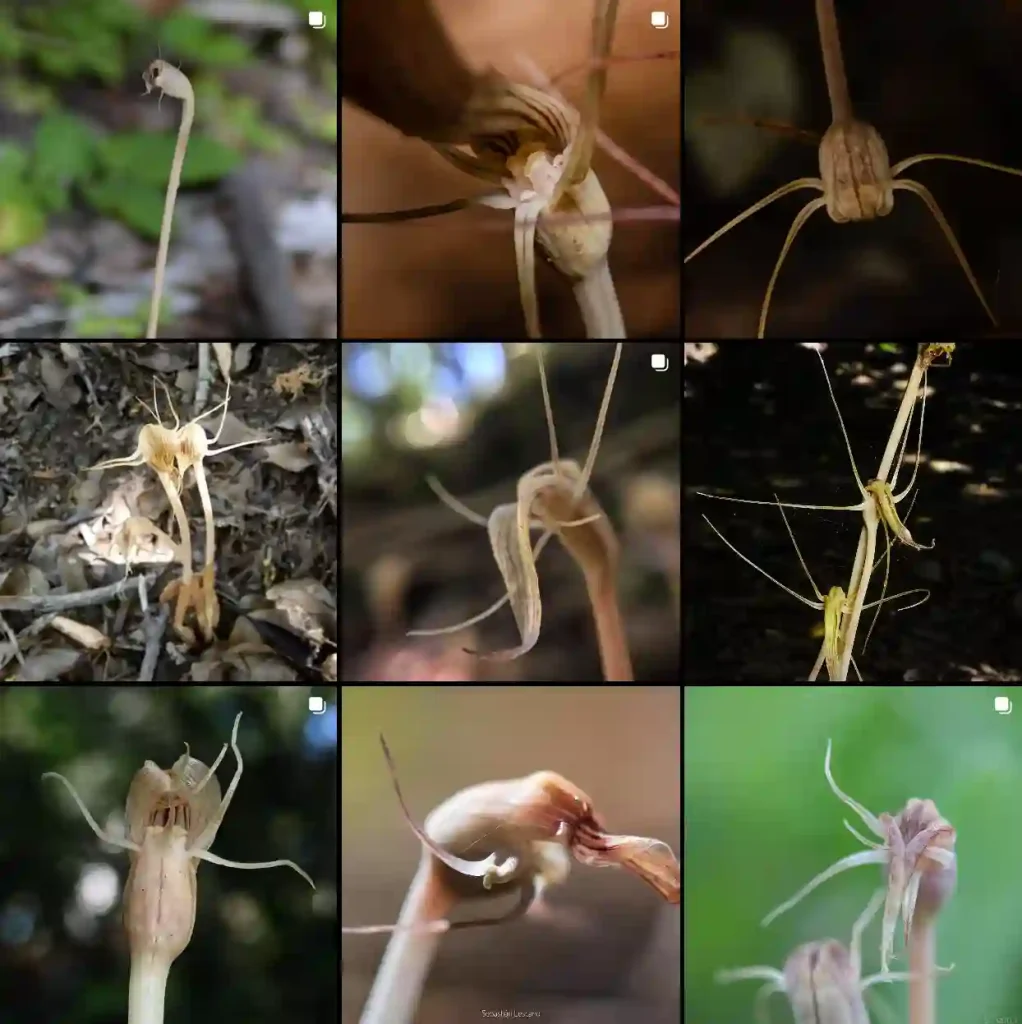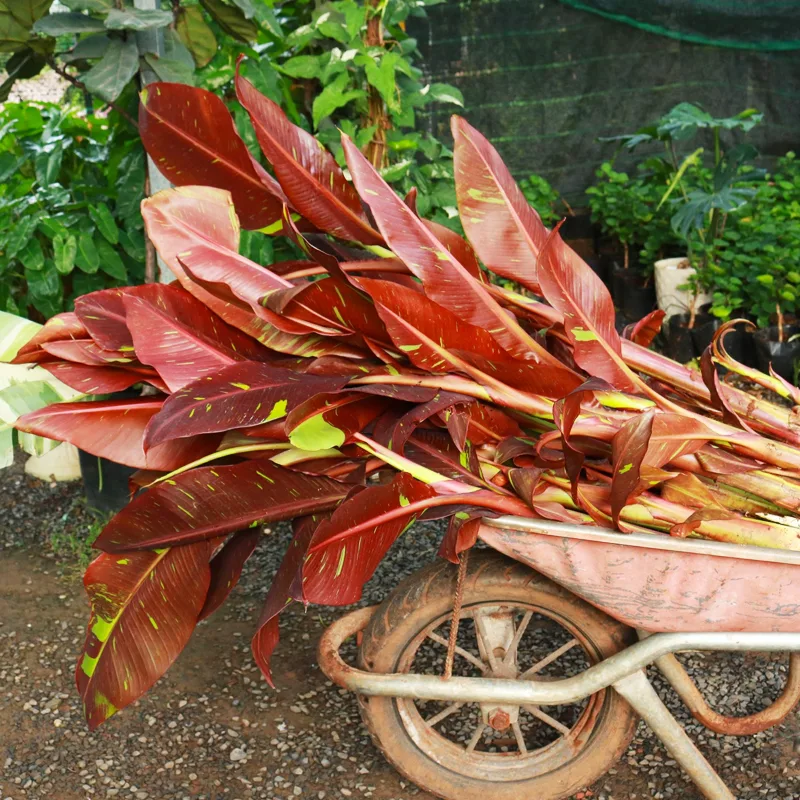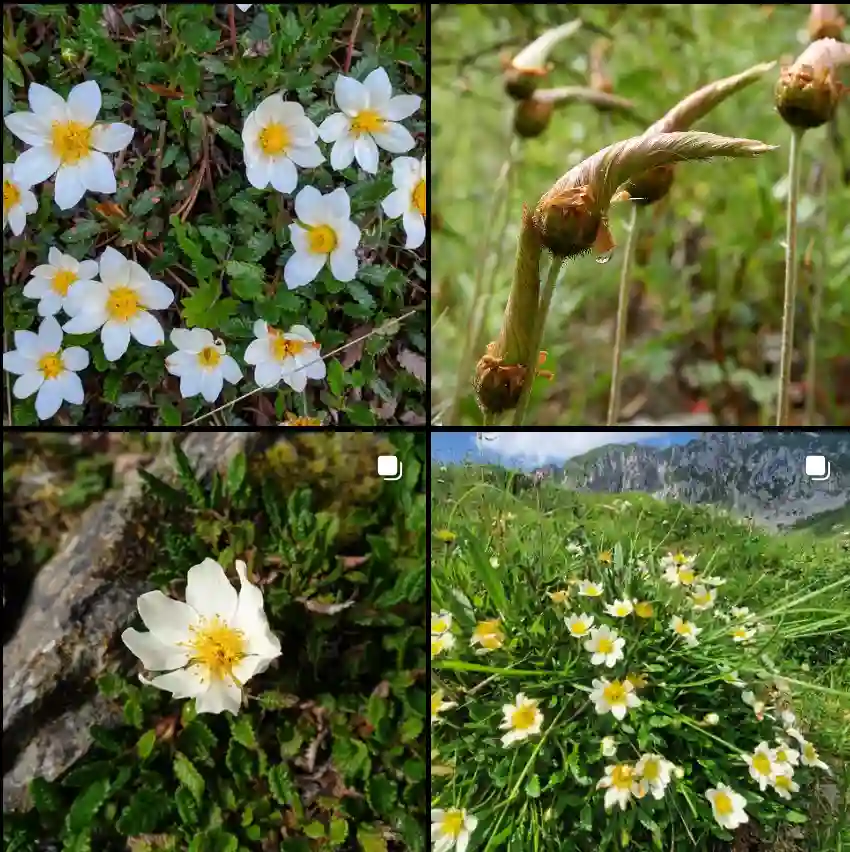FAQs About Artemisia Californica
Artemisia Californica, also known as California Sagebrush, is a fascinating plant that I’ve had the pleasure of growing in my garden. It’s native to the coastal regions of California and is renowned for its aromatic foliage and resilience. If you’re considering adding this plant to your landscape or just curious about it, here are some frequently asked questions and answers based on my experiences.
What Is Artemisia Californica?
Artemisia Californica is a perennial shrub native to California’s coastal regions. It’s part of the Asteraceae family and is known for its silvery-green foliage and aromatic scent. The plant can grow up to 6 feet tall and wide, making it a significant feature in any garden. It’s often used for its drought tolerance and as a habitat plant for local wildlife.
508 Species in Genus Artemisia
Are Artemisia Californica Flowers Unisexual?
Yes, Artemisia Californica flowers are unisexual. This means that the plant produces both male and female flowers, but they are located on separate plants. In the wild, this separation helps to increase genetic diversity as it necessitates cross-pollination. Male plants produce pollen, while female plants produce seeds, which is typical for many species in the Artemisia genus.
How to Care for Artemisia Californica?
Caring for Artemisia Californica is relatively straightforward, given its adaptability. Here are some tips based on my experiences:
- Sunlight: This plant thrives in full sun. It needs at least 6 hours of direct sunlight each day.
- Soil: Well-drained soil is essential. While it can tolerate a variety of soil types, it prefers sandy or loamy soil with good drainage.
- Watering: Once established, Artemisia Californica is drought-tolerant. However, during its initial growth period, regular watering is necessary. Avoid overwatering, as it can lead to root rot.
- Pruning: Prune the plant in late winter or early spring to maintain its shape and remove any dead or damaged branches.
How to Propagate Artemisia Californica?
Propagating Artemisia Californica can be done through seeds or cuttings. Here’s how:
- Seeds: Collect seeds from mature plants in late summer. Sow them in well-drained soil and keep them moist until germination. Seeds usually germinate within 2-3 weeks.
- Cuttings: Take semi-hardwood cuttings in late summer. Dip them in rooting hormone and plant them in a pot with a well-draining mix. Keep the cuttings in a warm, sunny spot and keep the soil moist until roots develop.
What to Plant With Artemisia Californica?
Artemisia Californica pairs well with a variety of plants. Some of my favorites include:
- California Poppy (Eschscholzia californica): Its bright orange flowers contrast beautifully with the silvery foliage of Artemisia.
- Manzanita (Arctostaphylos spp.): This evergreen shrub complements the sagebrush with its unique bark and foliage.
- Lavender (Lavandula spp.): The aromatic leaves of lavender blend well with the sagebrush and enhance the garden’s fragrance.
Can You Grow Artemisia Californica Indoors?
Growing Artemisia Californica indoors can be challenging. It prefers outdoor conditions with plenty of sunlight and space to grow. However, if you want to try growing it indoors, ensure you provide it with ample light, preferably from a grow light, and use well-draining soil. Keep in mind that indoor environments can be less conducive to its natural growth patterns, and it may not thrive as well as it does outside.
Is Artemisia Californica Toxic?
Artemisia Californica is not considered toxic to humans or pets. However, as with many plants, it’s best to avoid ingesting any part of the plant, especially in large quantities. The plant’s primary concern is its aromatic oils, which can be irritating to some people’s skin.
Benefits of Artemisia Californica
Artemisia Californica offers several benefits:
- Drought Tolerance: Its ability to withstand dry conditions makes it an excellent choice for low-water gardens.
- Wildlife Habitat: It provides habitat and food for various pollinators and wildlife.
- Aesthetic Appeal: The plant adds a unique texture and color to the garden with its silvery leaves and aromatic fragrance.
Common Problems with Artemisia Californica
While Artemisia Californica is quite hardy, it can face some issues:
- Pests: Look out for aphids and spider mites, which can occasionally infest the plant.
- Disease: Overwatering can lead to root rot, so it’s crucial to ensure proper drainage.
- Leaf Drop: In extreme conditions, such as prolonged drought or excessive heat, the plant may drop its leaves.
Compare with Other Similar Plants
Artemisia Californica is often compared to Artemisia tridentata (Big Sagebrush) and Artemisia absinthium (Wormwood). Here’s a brief comparison:
- Artemisia Tridentata: This plant is more suitable for arid, higher elevation areas, and has broader leaves compared to California Sagebrush.
- Artemisia Absinthium: Known for its medicinal uses, Wormwood has a stronger aroma and is used more for herbal remedies, unlike the California Sagebrush.
In conclusion, Artemisia Californica is a versatile and valuable plant for a garden, especially if you’re looking for something drought-tolerant and low-maintenance. Whether you’re planting it for its aesthetic appeal or its benefits to local wildlife, it’s a great addition to any garden.
If i die, water my plants!



